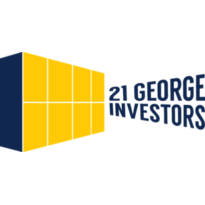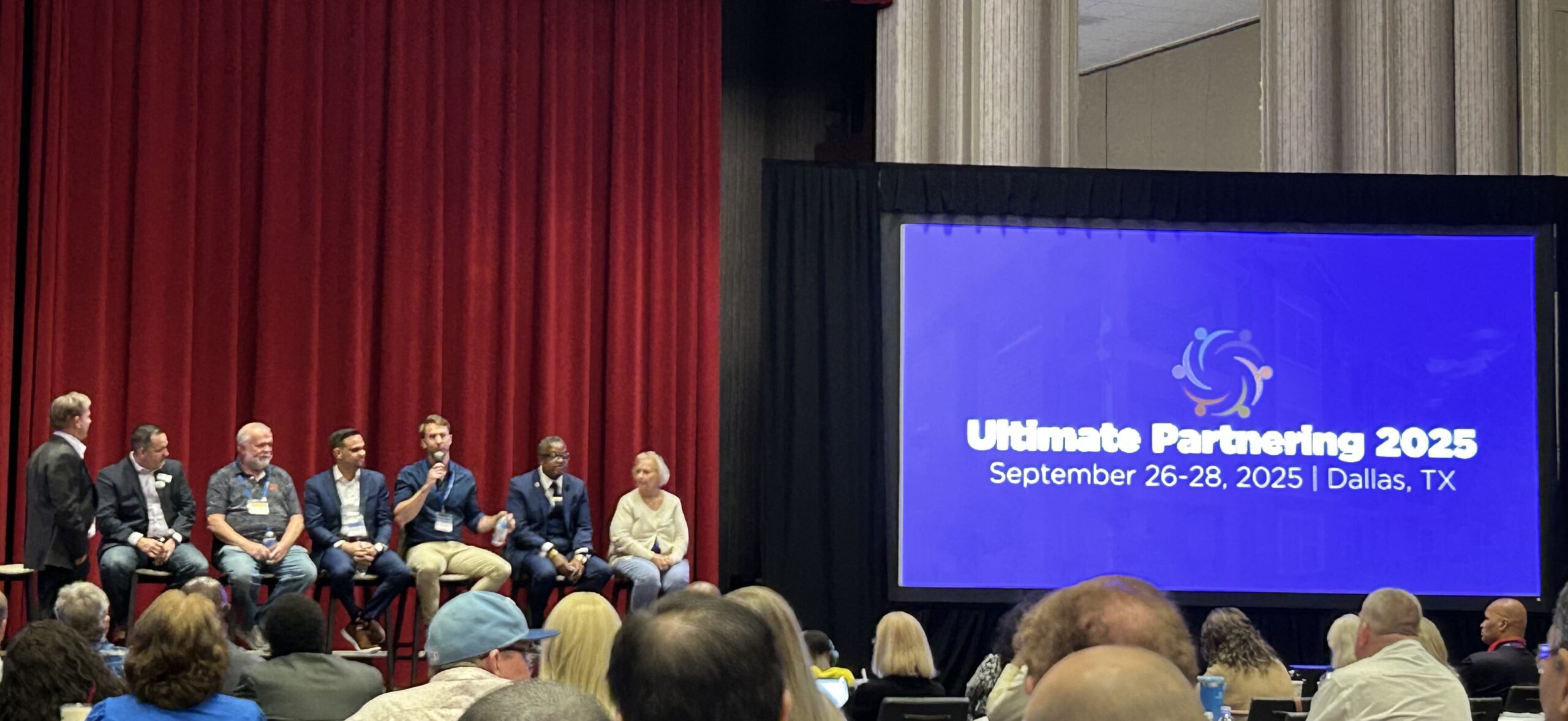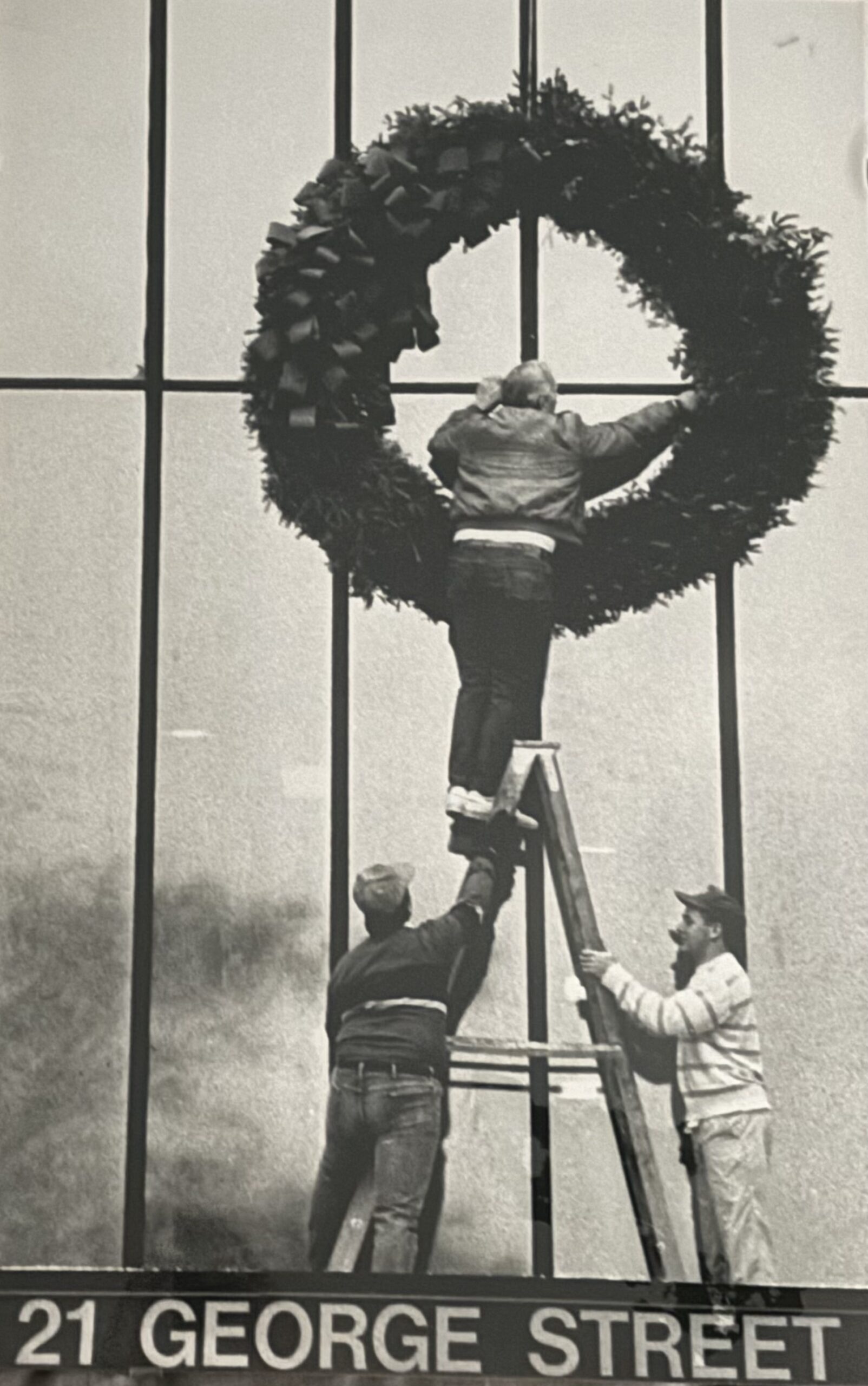I had the pleasure of being on the “How to get started in Real Estate”…
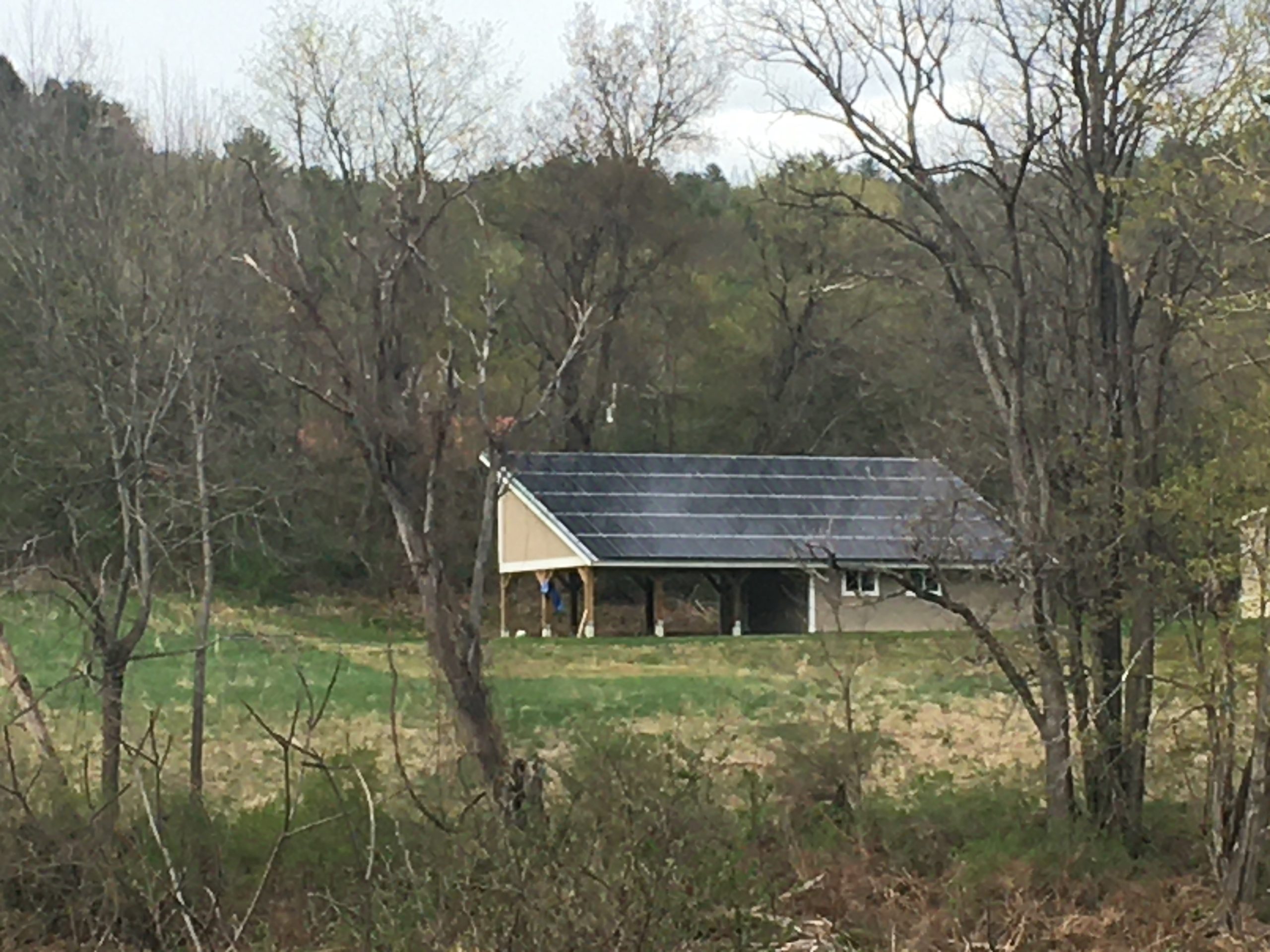
Energy Savings Case Study
As we teased in our last newsletter, we have recently been exploring energy saving techniques to reduce carbon emissions and the use of fossil fuels while also decreasing the utility expenses on our properties. This has always been a mission of ours at 21 George Investors. And with new solar and other energy saving technologies becoming more readily available on a retail level along with recent federal and state policies incentivizing these energy efficiencies, we have been able to add this as another creative value-add technique to our properties. As we are reducing the use of fossil fuels, this “doing well by doing good” is consistent with our approach finding mismanaged multifamily properties and turning them into well-maintained, safe, and affordable housing communities by making physical and operational improvements to the asset.
We recently acquired and renovated a 6-unit property that is a textbook example of how we are able to implement these value-add strategies to improve the asset and community while benefitting from a strong return on investment.
The Market:
Approximately 5 years ago, we identified The Upper Valley Region in New Hampshire/Vermont as a stable micro-market with strong demographics and rental fundamentals as a good market to acquire multifamily real estate in. A “micro-market” is typically a small region with a local economy substantial enough to stand alone and not fluctuate based on the economic performance of a “primary” market. The Upper Valley, for example, is too far north to be a submarket of Boston, MA but has an independent local economy driven by Dartmouth College and Dartmouth-Hitchcock Medical Center to sustain itself. It can sometimes be dangerous to invest in regions with small economies but with Education and Healthcare being two inelastic industries driving The Upper Valley’s economy, it has performed well through many market cycles. It has an extraordinary balance of strong business sectors including: Veterans Hospital, an Airport; it is a transportation hub for UPS, Fed Ex, and USPS, it has bio tech and high tech and manufacturing that belies its population of under 80,000 in the twin state region.
Not only does The Upper Valley have a diverse local economy, it also has a severe workforce housing shortage. This creates a strong demand for rental units in the region.
The Property:
Through a strong broker relationship and past experience in the market with other deals, we identified a 6-unit property in White River Junction, VT as an attractive investment opportunity. The property is walking distance to the small but vibrant downtown White River Junction that is home to many new restaurants, a microbrewery, regional theater company, hotels and bars. It is also close to Interstate Highways 89 and 91 and the West Lebanon NH shopping district with malls, banks and big box retail. It is a great location. The management of the property before purchase was classic, owner-managed “tired landlord” and was completely vacant and in need of a complete cosmetic renovation. The property was the “ugly duckling” on the street and sitting completely vacant and run down in an otherwise emerging community. Due to the condition of the property we were able to acquire it for pennies on the dollar at $190,000. That is $31,666/unit in a market with comparables trading at $90,000+/unit.
The Rehab:
Having previously identified the scope of work during the due diligence period, we worked with a general contractor to get estimates from vendors and complete the rehab on time and on budget. The property had good bones but needed a complete cosmetic renovation including roof repairs, all new exterior siding, back deck repairs, new windows, chimney repair, new heating systems, common area paint, and complete unit renovations. Our rehab budget was $190,000 including carrying costs.
Energy Saving
During the due diligence period, not only did we do a physical inspection to identify necessary cosmetic improvements, we also did an energy savings study to identify ways to decrease the energy expenses for the building.
The State of Vermont adopted a Comprehensive Energy Plan in 2016 with three goals:
- Reduce total energy consumption per capita by 15% by 2025, and by more than one third by 2050.
- Meet 25% of the remaining energy need from renewable sources by 2025, 40% by 2035, and 90% by 2050.
- End-use sector goals for 2025: 10% renewable transportation, 30% renewable buildings, and 67% renewable electric power.
In this policy climate and the initiatives by the State and funding sources they provided, we hired a local energy efficiency expert to evaluate the property and generate a report for us. The specialist identified several old windows that needed to be replaced, lack of insulation in certain parts of the building, ventilation issues, and old, inefficient heat and hot water systems. The expert also identified local, state, and federal programs incentivizing the transition to “green” housing. The total cost of these improvements was approximately $55,000. About 68% of the total cost was covered by the incentive programs so we only came out of pocket about $17,000 for a $55,000 project. The incentives came with no strings attached.
Part of this project included replacing the old, inefficient oil boiler and hot-water heater tank with a new high efficiency pellet-heating system and water tank. The pellet heating system is a renewable energy source that eliminates carbon emissions and the use of fossil fuels.
With a strong energy savings culture in the state, Vermont had adopted Net Zero Metering as well as the ability to use solar energy sources from other properties. As a result, Vermonters can apply solar energy generated from a site that has maximum southern exposure and efficiency and use that energy on sites that may not have such southern exposure. In 2017, on land we had purchased with a southern exposure, we had constructed a solar array for the very purpose of using in other commercial properties in the same region. As a result, we were able to link the properties electrical meters to off-site solar panels we own. By doing this we were able to drastically decrease the electric expense for the property.
Most of the time as landlords we are able to push the electric and heat expenses onto the tenant, but at this property we are renting the units “all utilities included”. We estimate that this allows us to rents units at a $100+/month premium. Meanwhile, since we have linked the electric meters to our solar panels we have virtually no electric expense and due to the high-efficiency pellet heating system our heating expense is minimal.
Based on the seller’s historical financials provided to us during due diligence his utility expense was running him about $16,000/year. Our utility expense is now approximately $7,300/year which means the improvements are saving us about $8,700/year. If you include the $100/month rent premium, these improvements increase our net operating income by about $15,900/year. We are recouping about 94% of our out of pocket costs of $17,000 for these improvements in just one year!
By the Numbers
Capital Overview
Purchase Price: $190,000
Closing Costs: $9,213.56
Less Acquisition Financing: -$123,500
Cash to Close: $75,713.56
Rehab Budget: $221,000
Carrying Costs: $7,000
Less Energy Incentives: -$38,000
Less Rehab Financing: -$116,500
Rehab Funds: $73,500
Owner All-In Capital: $149,213.56
Operating Overview
Operating Income: $89,000
Less Operating Expenses: -$29,089
Net Operating Income: $59,911
Less Annual Debt Service: -$20,854
Cash Flow after Debt Service: $39,057
Project Level Annual Cash-On-Cash Return: 26.2%
Refinance Appraised Value December 2019: $560,000
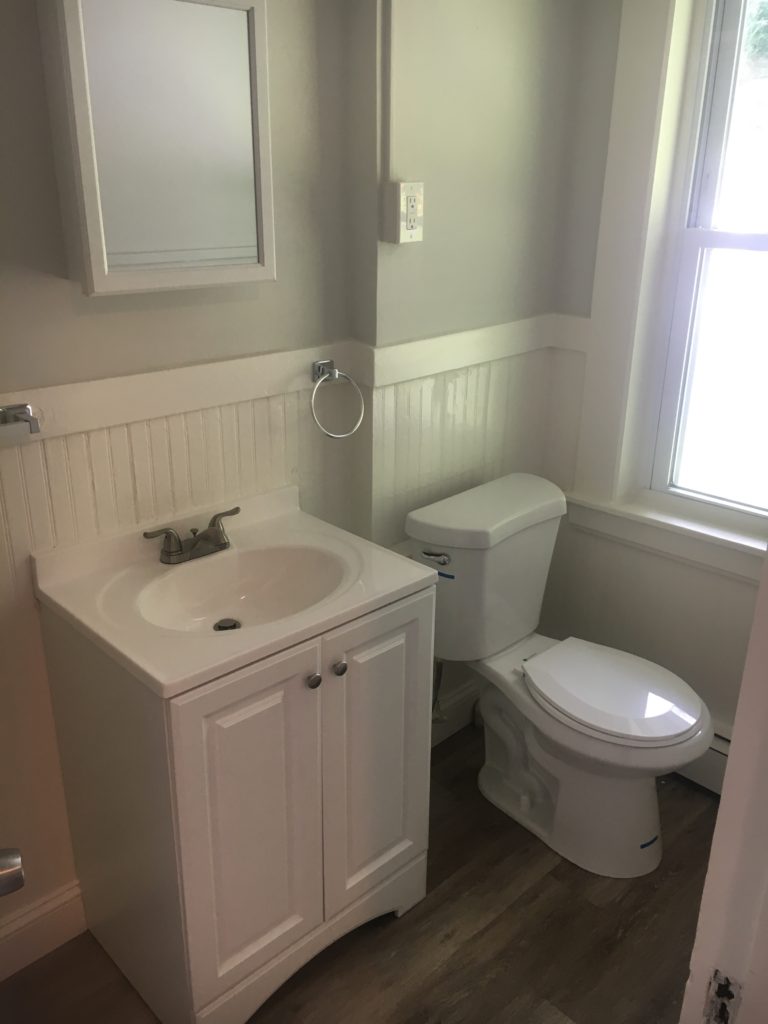
Renovated Bathroom 
Renovated Kitchen 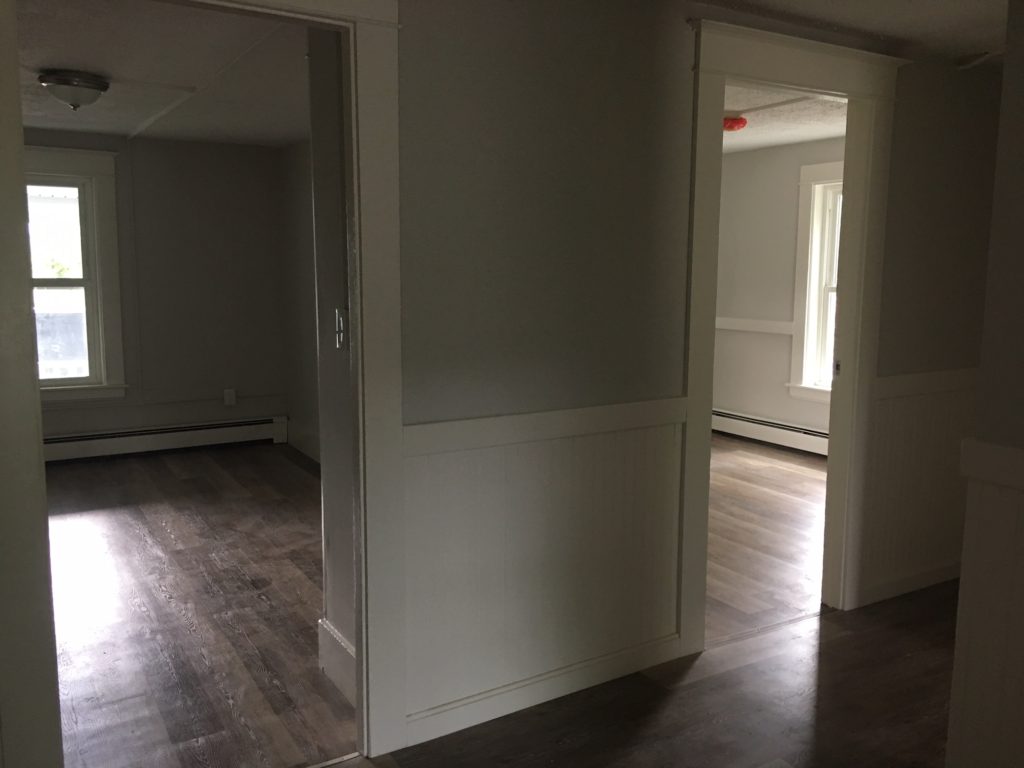
Renovated Bedrooms 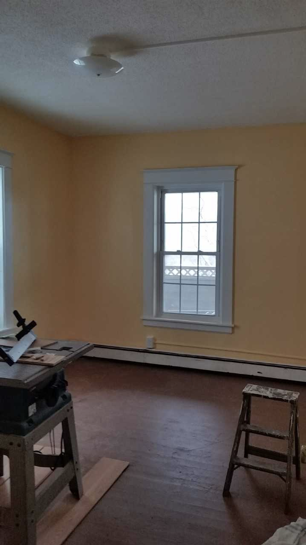
Bedroom Pre Reno 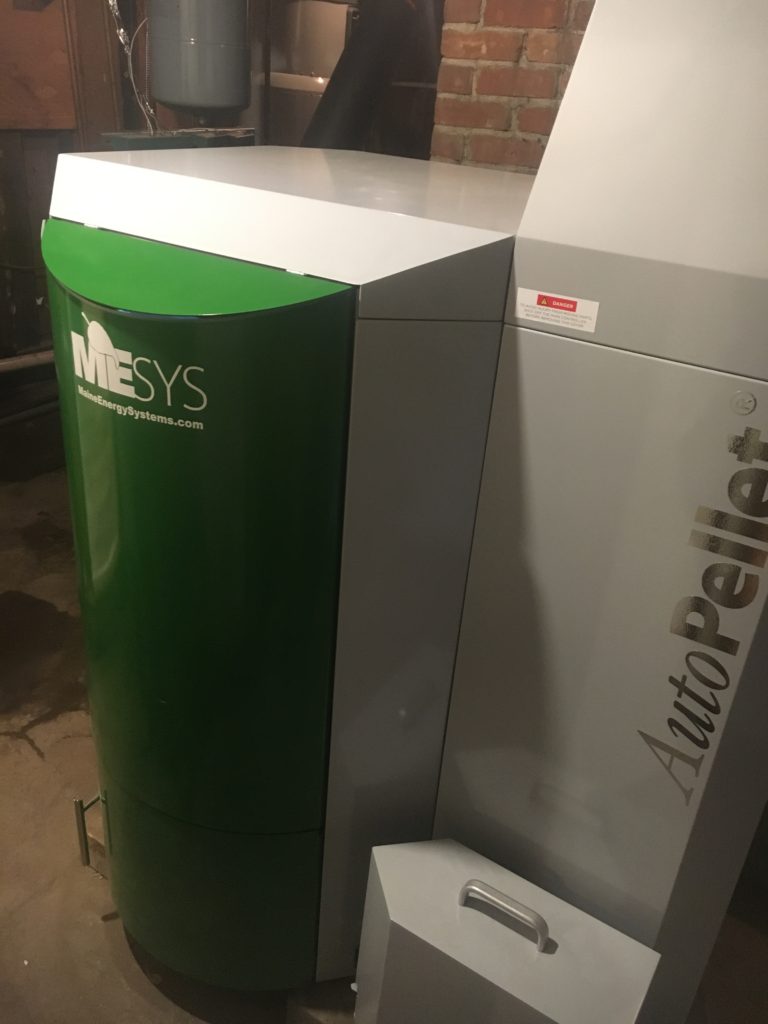
New High Efficiency Pellet Heater 
Solar Panels 
Post Reno 

Pre Reno 
Side View Pre Reno 
Front View Pre Reno 
Common area stairs pre reno 
Common hall post reno 
common stairs post reno
